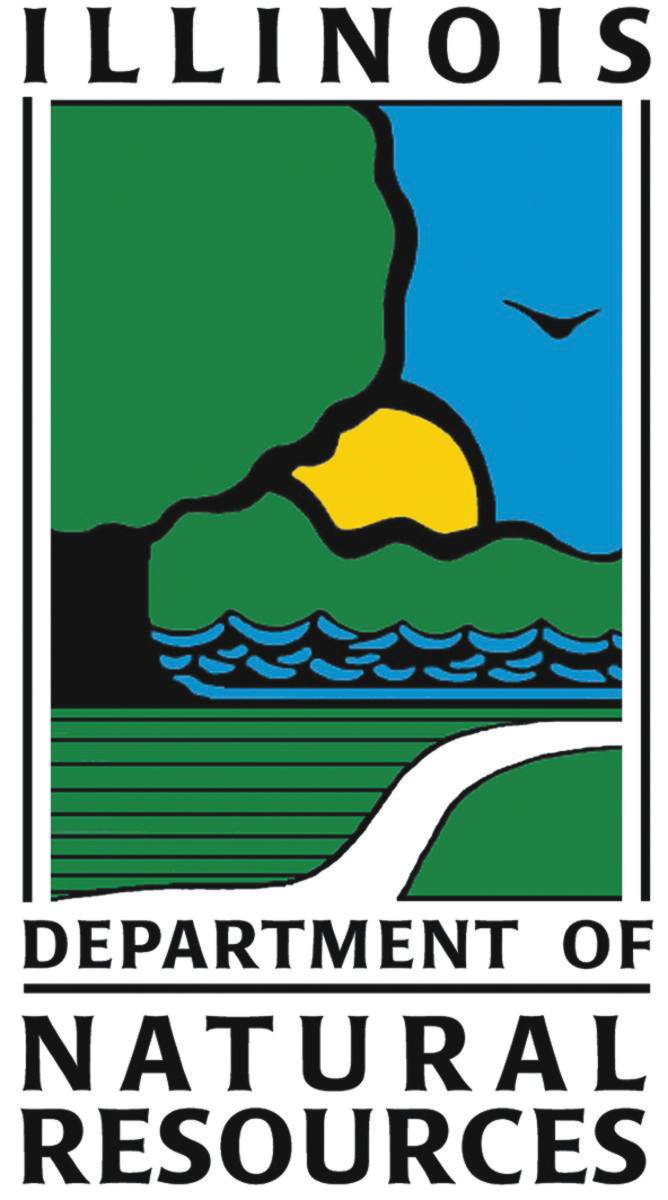Commercial
Stormwater Management

Excess water from heavy rains or snow melt is called stormwater runoff. This water, if not properly managed, can flow over the land and carry soil and pollutants into nearby lakes and rivers. Common pollutants found in stormwater include fertilizers, pesticides, road salt, plastics and other litter, oil, grease, fuel, paint chips, rubber, and other pollutants. The result is degraded waterbodies that are less able to support fish, aquatic insects, and other wildlife. Impermeable surfaces, including buildings, roofs, parking lots, driveways, and roads, prevent water from being absorbed. This can cause increased stormwater runoff. There are several best management practices that contractors can implement to improve stormwater management, including:
- use of permeable pavers or other alternatives to concrete- or asphalt-paved surfaces
- keeping paved areas to a minimum and directing runoff onto grassy areas and away from areas that drain to storm sewers
- designing and constructing the landscape topography to facilitate water holding and infiltration such as using low areas for “rain gardens,” terracing to slow water runoff, constructing small wetlands, or incorporating subsurface water holding areas
- planting native plants
- mulching and planting exposed soil as soon as possible
- using sediment barriers where necessary
- avoiding excessive soil compaction and disturbance to lots
- avoiding hooking downspouts directly into the stormwater sewer system or onto paved surfaces





